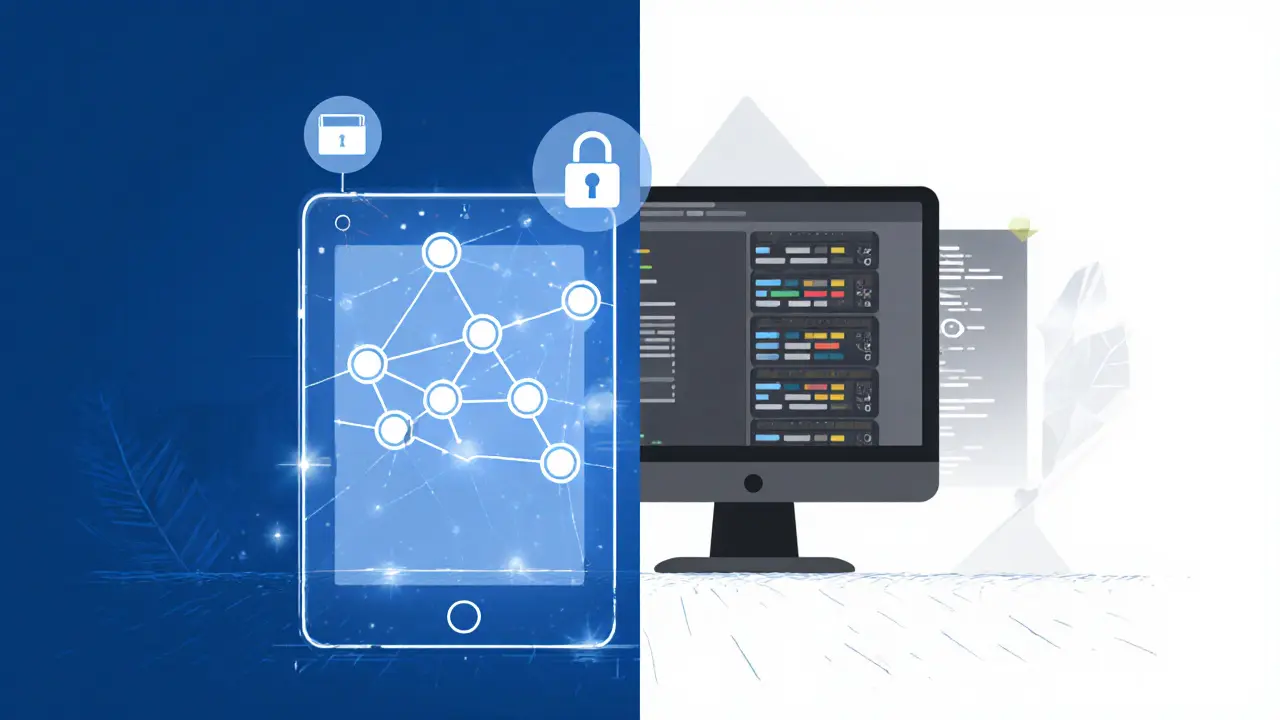Decentralized Applications (DApps) Overview
When talking about decentralized applications, software that runs on a peer‑to‑peer network instead of a single server. Also known as DApps, they let users interact without a central authority, which means censorship‑resistance, transparency, and often token incentives. Decentralized applications are reshaping everything from finance to gaming, and they sit at the heart of the new web.
One of the core building blocks is smart contracts, self‑executing code that enforces rules on a blockchain. Smart contracts give DApps their logic, allowing trustless trades, automated payouts, and upgradable governance. Underpinning them are blockchain platforms, distributed ledgers like Ethereum, Solana, or NEAR that provide the network and consensus layer. Without a reliable platform, smart contracts can’t reach anyone, and the whole DApp falls apart. decentralized finance, financial services built on public blockchains, leverages DApps for lending, swapping, and yield farming, turning ordinary users into liquidity providers and borrowers without banks. Lastly, decentralized identity, self‑owned digital IDs stored on‑chain, lets users prove who they are without handing over personal data to a third party, which is crucial for permissioned DApps and compliance.
Why decentralized applications matter today
DApps encompass smart contracts, enabling anyone to create trustless agreements that execute automatically. DApps require blockchain platforms, because those platforms supply the immutable ledger and consensus needed for security. DeFi builds on DApps to offer banking‑like features without intermediaries, while decentralized identity gives users control over their personal data in these ecosystems. These relationships form a feedback loop: better platforms enable richer smart contracts, which in turn fuel more sophisticated DeFi products and identity solutions. Real‑world examples include DAO‑governed projects like Cerebrum DAO, decentralized exchanges such as Balancer v2, and NFT marketplaces that rely on on‑chain identity verification.
The collection below reflects this ecosystem. You’ll find deep dives into blockchain sharding, which helps platforms scale DApps; guides on Merkle tree security that protect data integrity; breakdowns of DAO tokenomics that illustrate governance in action; and reviews of DEXs that show how decentralized finance operates. We also cover practical tools like residential proxies for trading bots and VPN guides for secure access, all of which support the day‑to‑day use of DApps. Whether you’re a developer looking to launch a new smart contract, an investor scouting DeFi opportunities, or a user curious about decentralized identity, the articles below give you concrete steps and clear explanations.
Ready to explore? The posts that follow unpack each piece of the puzzle—from the tech that makes DApps possible to the real‑world projects leveraging them—so you can start building, investing, or simply understanding the decentralized web today.

Key Benefits of Using dApps Explained
Discover why decentralized applications (dApps) offer users control, transparency, lower costs, and censorship resistance, plus the perks developers enjoy such as token monetization and community ownership.
